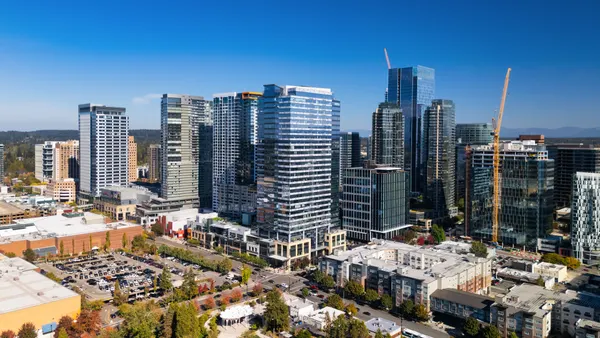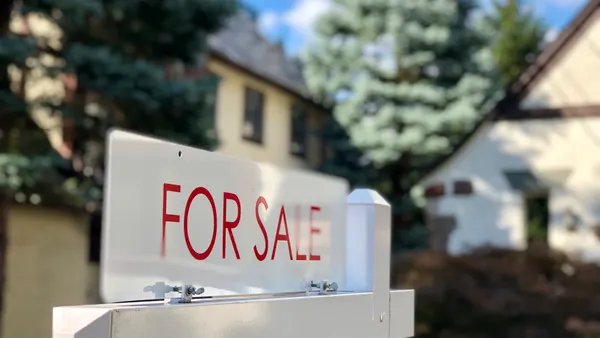Dive Brief:
-
A new study from the Mineta Transportation Institute (MTI) at San Jose State University found many shortcomings in the cooperation and regulatory structure between local jurisdictions and the federal government, in regards to drones or Unmanned Aerial Systems (UAS).
-
The study highlighted local governments' complaints about their limited ability to enforce regulations surrounding the technology, due to "poor resources" that make it hard for local governments to keep up with evolving federal regulations.
-
Law enforcement has the highest UAS use-rate within local government, according to the study, followed by fire emergency response and road inspection.
Dive Insight:
As drones become more integrated within local governments and urban life, the researchers aimed to answer the question: "Are local jurisdictions ready to deal with policy-making for these novel systems and with the public concerns that will ensue?"
Their findings point to a potential lack of readiness as local governments in the study indicate a reluctance to establish regulations due to concerns the policy will be "preempted by federal supremacy in court."
Local governments are skeptical of creating policies, according to the report, due to the rapid changes of federal regulations and limited resources. So although most participants said they understood the value of drones and UAS technology, they showed little interest in regulating the technology overall.
But despite their reluctance to regulate, many cities are already facing a new sense of urgency to integrate the technologies for areas like e-commerce and medical deliveries.
Cities are predicted to be "severely challenged" by e-commerce delivery traffic in one to three years, according to a World Economic Forum report. Urban last mile deliveries are anticipated to increase 78% by 2030. Drones can help ease the burden on supply chains as the demand for delivery increases, providing an alternative method of delivery along with bikes and electro-scooters.
Reno, NV is one such city that has tested delivering medical supplies with drones, which could also represent a viable solution for cities mitigating the effects of COVID-19. However, some cities remain prohibited in how they can use drones to carry supplies from hospitals to a lab, for example, due to no pedestrian flyover regulations.
To help local governments move forward with regulating the technology, the report authors shared the following policy recommendations, based on feedback from the survey takers and focus groups:
-
More specialized training at the local levels, in addition to stronger communication between local agencies and the federal government.
-
More restrictive licensing to help track drone users. For example, "purchase permits" was a concept explored by focus group participants who envisioned UAS regulation being similar to gun control regulations.
-
Adequate space for users to meet and fly their drones as too many restrictions could backfire and encourage rogue drone operations.
The research involved a "two-tiered stakeholder analysis." The first tier included data collection and a survey regarding drone use and regulation shared with local agencies in California. The second tier of data collection involved in-person focus groups.












